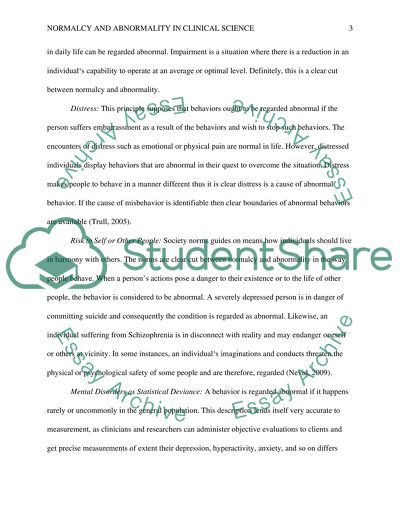Cite this document
(“The problem of normalcy and abnormality in clinical science Essay”, n.d.)
Retrieved from https://studentshare.org/psychology/1488157-the-problem-of-normalcy-and-abnormality-in
Retrieved from https://studentshare.org/psychology/1488157-the-problem-of-normalcy-and-abnormality-in
(The Problem of Normalcy and Abnormality in Clinical Science Essay)
https://studentshare.org/psychology/1488157-the-problem-of-normalcy-and-abnormality-in.
https://studentshare.org/psychology/1488157-the-problem-of-normalcy-and-abnormality-in.
“The Problem of Normalcy and Abnormality in Clinical Science Essay”, n.d. https://studentshare.org/psychology/1488157-the-problem-of-normalcy-and-abnormality-in.


